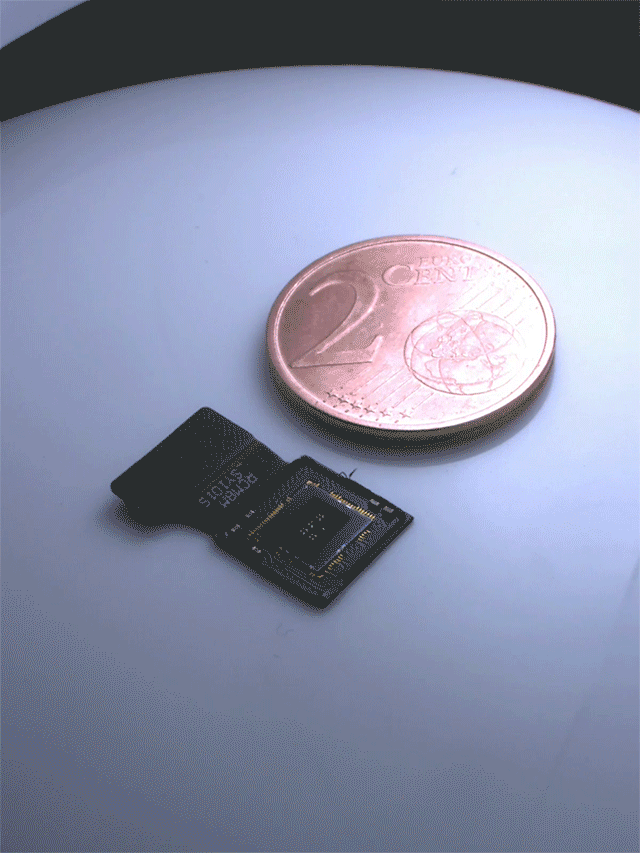Foveated imaging camera mimics eagle vision
A team of researchers with the University of Stuttgart has used advanced 3D printing technology to create an extremely small camera that uses foveated imaging to mimic natural eagle vision. In their paper published in the journal Science Advances, the group describes their approach to creating a small high-resolution camera and possible applications.
The fovea is a small indentation at the back of the eyeball providing the highest acuity due to the high concentration of retinal cones. In this new effort, the researchers sought to mimic eagle vision hoping to produce an extremely small lens (approximately the size of a grain of sand) that would be relatively inexpensive to produce.
To create their camera, the researchers used a high-resolution 3D printer to lay down four lenses, one on top of the others—each of the layers with a different focal length. Overlaying the images created the fovea effect—only the middle part of the lens provided extremely high resolution—the result was a single 300-micrometer-square lens that was placed onto a computer chip for image processing. The resulting camera provides extremely high resolution at its focused center and less resolution around its perimeter, providing peripheral vision.

The researchers believe their camera could provide high resolution imagery for very small drones, though it is still not comparable to raptor vision—that would require being able to print different material within a single lens.
Still, they believe their camera would be ideal for use in search and rescue drones. They also believe the camera could be used in sensors, robots and medical equipment. They note that using 3D printing technology allows for mass production of the lenses at reasonable prices.





